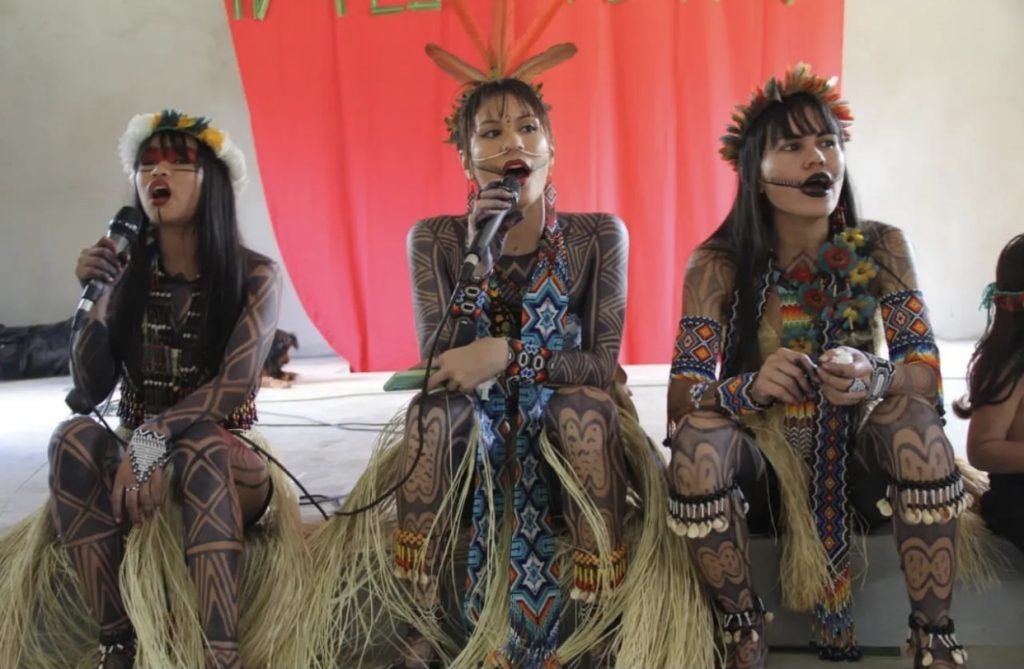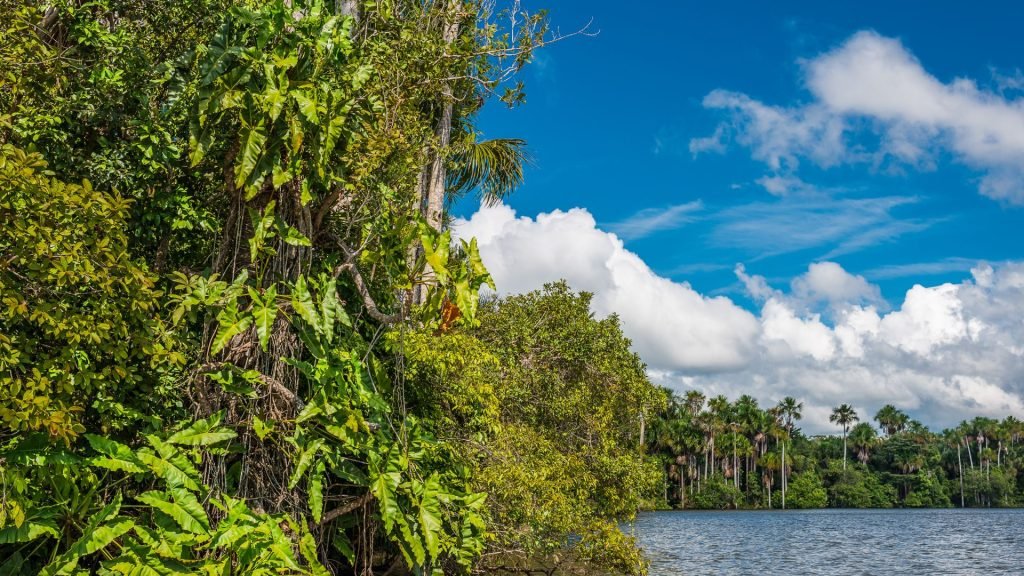9 things you can do to save the rainforest
What can you do to save the rainforest? Even if you don’t live near one, you have many options to contribute to its conservation and restoration. What we consume, what we support with time and money, and what we lend our voice to have big repercussions that always count.
1. Eliminate deforestation from your diet
Much of the food we eat is grown on land that has been deforested for grazing and agriculture. For example, beef, soybeans and palm oil are major drivers of deforestation in the Amazon basin due to the extension of cropland and cattle ranching for the economic export of these resources. Fortunately, we can limit our contribution to these destructive industries and reduce the demand for these products. Choosing sustainably produced food and products forces companies to change their practices, reduce mass production and thus counteract the effect of deforestation. Consider reducing your meat consumption, or buy meat from local, non-mass-produced farms. You don’t have to stop eating meat cold turkey, and more people today are limiting meat consumption, so there are more meatless options available. According to one study, annual greenhouse gas emissions would decrease by one percent if everyone in the United States reduced meat consumption by just one-quarter.
2. Buy responsibly sourced products
Choosing products that are responsibly sourced or made from recycled materials can go a long way toward curbing tropical deforestation. For example, if you look for jewelry brands that use environmentally friendly practices such as recycling gold in their pieces, you will be helping to counteract the extraction of gold in the Amazon, one of the main causes of deforestation and contamination of rivers is uncontrolled and illegal mining. Similarly, the logging of endangered woods such as mahogany, rosewood and ebony causes the destruction of the rainforest. Look for alternative non-tropical woods. Use paper products made from recycled pulp, or choose products certified by organizations such as the Forest Stewardship Council. On Valentine’s Day and Mother’s Day, look for sustainably and locally sourced cut flowers. You can also refrain from buying products from companies that score poorly on eliminating deforestation from their supply chains. And let companies know when they are losing your support: If you believe a company’s business practices are environmentally destructive, send them a letter expressing your concern – only by actively participating will our conservation voice be heard.
3. Choose solidarity products
It’s best to buy less. But when you do buy, choose companies that focus their actions or donate to environmental causes. For example, Teadora, which offers a line of skin care products, works with the Rainforest Foundation US to protect more than 500 square miles of rainforest habitat for endangered species, and to plant more than a million trees in an area sacred to the Wapichan people. There are a wide variety of companies specializing in a wide variety of products that give back to the environment. Certified B Corporations has selected some of the best, from food and beverages to cleaning products to paper products. Encourage your office or school to do the same, simply by switching to a product that gives back.
4. Supports indigenous communities
Indigenous peoples are the best defenders of their territories and science backs this up. Buying local artisanal and fair trade products made by indigenous peoples is an effective way to protect the rainforests, but know who to buy from to make sure you are not inadvertently supporting companies that profit from cultural appropriation. Research the labor practices of these companies and their stance on indigenous peoples’ rights. It’s best to buy directly from indigenous-owned businesses or services like Ten Thousand Villages, which sells ethical products sourced from indigenous and low-income communities around the world, free of exploitation. And next time you travel, consider visiting communities through ecotourism. Ecotourism gives you the opportunity to learn about other cultures and, as long as the tour is owned and managed by indigenous people, directly supports their livelihoods, so the money earned from tourism stays local and contributes to improved quality of life. Educate yourself about the historical erasure of indigenous peoples to better support these communities, and to make informed decisions that help empower indigenous peoples.

5. Reduce your carbon footprint
To curb the climate crisis, we need to start acting at all levels of society to reduce carbon emissions and promote low-carbon development. Although the task seems daunting, there are many things you, as an individual, can do to reduce your carbon footprint: drive less, use public transportation, turn down the thermostat (even a couple of degrees makes a big difference!), avoid fast fashion and unnecessary air travel. Start by calculating your carbon footprint and think about where you can start to minimize its impact. What you can’t reduce, you can mitigate by supporting projects that keep forests standing. Tropical forests are extremely efficient at storing carbon, and keeping forests intact is a crucial way to address the climate crisis.
6. Send an e-mail to your preferred media outlet
The media help determine which issues are priorities for their readers. By focusing on one issue or another, they drive public discourse and inspire the public to act. By making this decision you can encourage your favorite media outlet to cover rainforest news by emailing the editor. Encourage your loved ones to join you in advocating for rainforest protection, indigenous rights and the climate crisis. When editors know that these issues are important to their readers, they are more likely to cover them in their articles and reach a wider audience. It is important that your entire media also learns about the importance of rainforest conservation, only by sharing this message can you reach many more people who will contribute to forest conservation and make decisions to, little by little, restore the world’s remaining lungs.
7. Inform yourself and others
The more people know about what is happening to the rainforests and the indigenous communities that protect and depend on them, the more likely they are to support the cause. Educate yourself about environmental issues and the stories of indigenous peoples, and be active in telling your friends and family why it’s important to you. By sharing on social media, you spread public awareness and help put pressure on governments and companies to take responsibility for deforestation – don’t underestimate the power of your voice! Nations and companies around the world are committing to protect forests and address the climate crisis. Only we can hold them to their promises.
8. Make policy
Elected officials largely determine the use of public funds, and have a duty to represent your interests. Or do you necessarily have to hold public office to make policy, from your position as a citizen call, email or attend public meetings of your representatives to remind them that, according to the Intergovernmental Panel on Climate Change, protecting tropical forests and supporting indigenous community land management are key solutions to climate change and the conservation of this most important resource for the planet. Ask them to support low-carbon development programs that comply with environmental and social safeguards, including respect for the rights of indigenous peoples. From our position, demand that they prioritize corporate policies that encourage responsible sourcing, fair trade practices and deforestation-free supply chains are priorities to meet our objective.
9. Volunteer your time
The contribution of your personal time and energy can make a big difference. Think you can spare an hour or two a week, or even five to ten? A lot of foundations need volunteers with different skills and talents to support the conservation and restoration mission. From translation to editing to video production, your commitment and time can help advance the vision of a world in which the planet’s majestic rainforests thrive in perpetuity.





